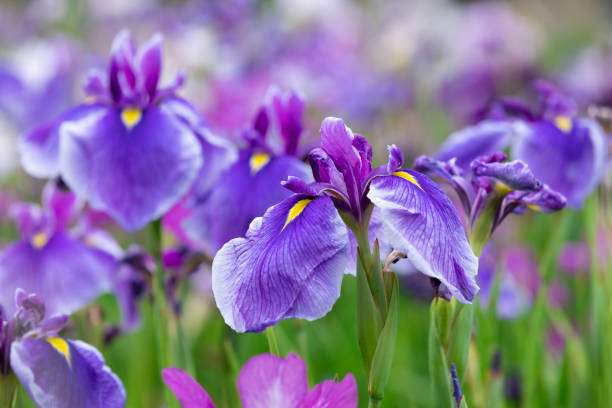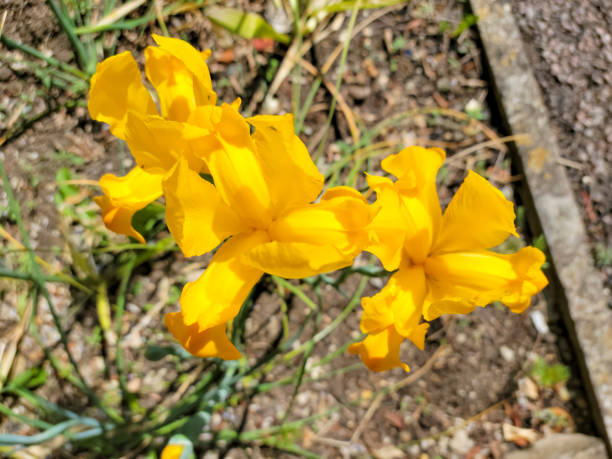What Does Iris Smell Like? —A Guide To The Meaning Of Iris Fragrance
The scent of the Iris is challenging to describe. It is best known for its earthy flavor, which can smell vegetal in extreme cases, like carrots and turnips. The scent is mineral, but it can also be sweet, with a violet-like character. When it comes to texture, Orris can be suede-like or powdery, but it can also appear doughy and thick in some cases. The material also has a woody character. In terms of color, Orris can present hues ranging from blue to purple to grey to beige. If you haven’t already guessed, Orris is one of the most fascinating and versatile fragrant materials available. It has been used in thousands of fascinating ways throughout the history of perfumery.
Iris scents can vary slightly from plant to plant, with additional spicy, woody, and dry notes lending a violet base. When you smell an iris flower, you’ll find that it’s not as strong as something like a gardenia or rose.
For centuries, the bulbous roots of the iris have been used in beauty and wellness compositions because of the plant’s healing properties. The scent of the iris can affect moods, making it appropriate for use in various emotional contexts.

Table of Contents
What Part of Iris Is Used for Perfumery?
The root of the iris is used in perfumery rather than the flowers. The roots are dried for several years before being ground and distilled to make orris butter (beurre d’iris). According to reports, one ton of iris root yields two kilos of iris butter, resulting in a laborious process that drives the material’s price through the roof. Is the beauty of the material, however, matched by the price? The complexity of the odor profile of Orris certainly lives up to, if not exceeds, its value, as the answer to that question will undoubtedly depend on your opinion.
Iris in the World of Perfumery
A perfumer’s palette would be incomplete without it, as it is widely regarded as the most expensive natural ingredient available. Although it can be used in many different ways, it retains its recognizable identity as “Iris .”It’s an extremely versatile ingredient in the perfumer’s repertoire. Also, the iris is divisive; some are drawn to its cold and distant embrace, while others say it smells like carrots and would instead be kept far away from them. Iris has a striking character that can’t be denied, no matter how you look.
The iris has been used medicinally since antiquity, from curing snake bites to eliminating freckles to alleviating depression. However, its true gift is its scent. It has been used as a perfume throughout the Mediterranean, from Egypt to classical Greece and Rome.
In the late 1800s, a handful of Tuscan farmers began cultivating iris (or Orris) to increase the profitability of their farms. After three years of growth, the plants are ready to harvest, and then the roots must be peeled by hand, washed, and dried for another three years before they can be sold.
Florence white Orris butter (the gold standard!) fetches prices of $150,000 per kilo, making it one of the most highly sought-after perfumes in the world! (2.2 lbs.). Guerlain’s classic “Après L’Ondee” (“after the rain shower”) and Chanel’s “28 La Pausa” are two of the most popular iris scents in perfume today.

Other Scents That Go Well With Iris
Infused with a unique scent, like everything from purple flowers and violet petals to white powder and lipsticks with iris oil goes well with many different scents. As a result, people who have discovered what frankincense smells like have said that iris smells a lot like it. It has an earthy, aromatic smell with a few sweet and livelier undertones. This means that while frankincense is made from tree sap, iris orris comes from the roots of a flower. It’s easy to see how the two smell the same because they come from the same plant.
